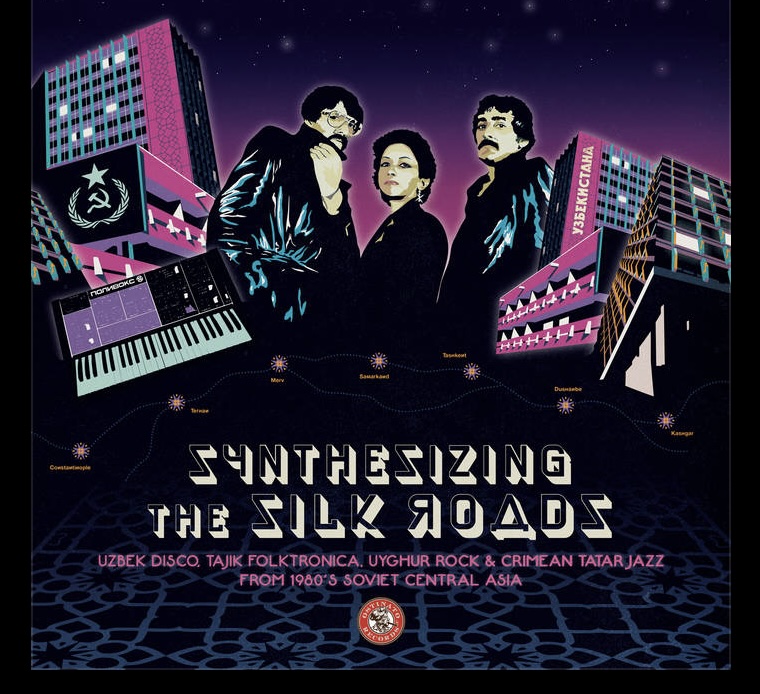
Verma, Arjun K. – “Moods of Sitar / Sketches of Raga” – [Arctic Records]
aarbor 5/20/2025 CD, International
Moods of Sitar/Sketches of Raga
Arjun Verma is a sitarist here in the San Francisco Bay Area. Arjun works within the tradition of North Indian classical music, and collaborates with musicians in various other genres. He also composes orchestral and soundtrack music. He trained with his father, Roop Verma, and with sarode maestro Ali Akbar Khan and his son Alam Khan. This is 2 of his EPs on 1 cd. Moods of Sitar (the first 5 tracks) are “Sitar Conversations” which demonstrate how ornamentation and the movement between notes create a deep mood in the music. It highlights the importance of the musical nuances and emotional expression beyond the notes themselves. Sketches of Raga music for the winter season, to calm and console listeners in these troubled times. AArbor
If you want to learn more about the sitar from Arjun Verma watch this youtube video https://www.youtube.com/watch?v=88u9xtVoWng
 KFJC 89.7FM
KFJC 89.7FM


















